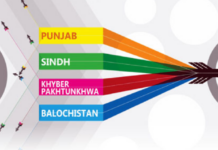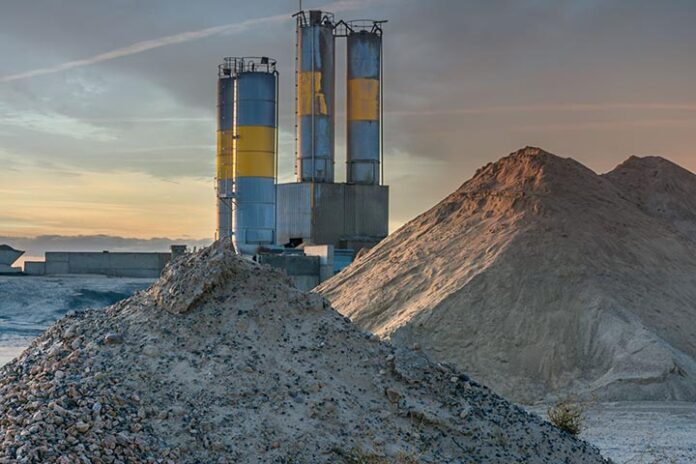The Supreme Court of Pakistan has granted a two-week stay to cement manufacturers, temporarily halting the enforcement of a Lahore High Court (LHC) verdict that directed them to pay royalties on limestone at 6% of the ex-factory price of cement or clinker. The ruling, if upheld, would replace the longstanding flat royalty rate of Rs250 per tonne with a value-based formula introduced by the Punjab government on August 2, 2024.
The LHC decision ended a two-and-a-half-year legal standoff, authorising the Mines & Minerals Department to cash bank guarantees deposited by manufacturers during litigation. This threatened to extract billions of rupees from company treasuries just as the industry enters its seasonal monsoon lull and faces macroeconomic headwinds like high energy costs and weak construction demand.
Cement firms had earlier obtained a stay against the revised formula by providing guarantees, but that protection was vacated after the LHC ruling. The Supreme Court’s interim order now pauses enforcement until a full hearing can be held, offering temporary relief to Punjab-based manufacturers, especially Maple Leaf and Bestway, who are reportedly leading the challenge.
Industry analysts estimate that the 6% royalty—based on net-of-tax “retention prices”—translates to Rs1,350–1,400 per tonne, nearly Rs1,000 higher than the fixed-rate royalty of Rs350 per tonne recently adopted by Khyber Pakhtunkhwa. This disparity has effectively handed Khyber Pakhtunkhwa-based producers a structural cost advantage in Punjab’s cement market, enabling them to undercut local players by Rs25–30 per bag in competitive urban centres like Lahore and Rawalpindi.
The issue has broader implications for the 79-million-tonne cement industry, which is already divided into northern and southern blocs with different cost dynamics. With Punjab’s policy now legally endorsed by the LHC, analysts fear a breakdown of price coordination between provinces—historically a key feature of the industry’s informal price stability.
Some industry stakeholders have warned that if the royalty remains tied to cement prices, margins for Punjab-based plants could come under acute pressure. The fear is that even one aggressive move from a lower-cost Khyber Pakhtunkhwa producer could erode profitability for its rivals by several hundred basis points in a single quarter.
The legal battle has now shifted to the Supreme Court, which may ultimately determine whether the Punjab government’s royalty formula constitutes a sales tax—potentially encroaching on federal jurisdiction—or remains a valid provincial levy under the Mines Act. Legal experts note that because the LHC ruling came from a larger bench, cement firms have no intra-court appeal left and must rely solely on the apex court for redress.
As the next hearing looms, manufacturers and investors alike await clarity on whether the current two-speed pricing environment in Pakistan’s northern cement market will be institutionalised or neutralised.























